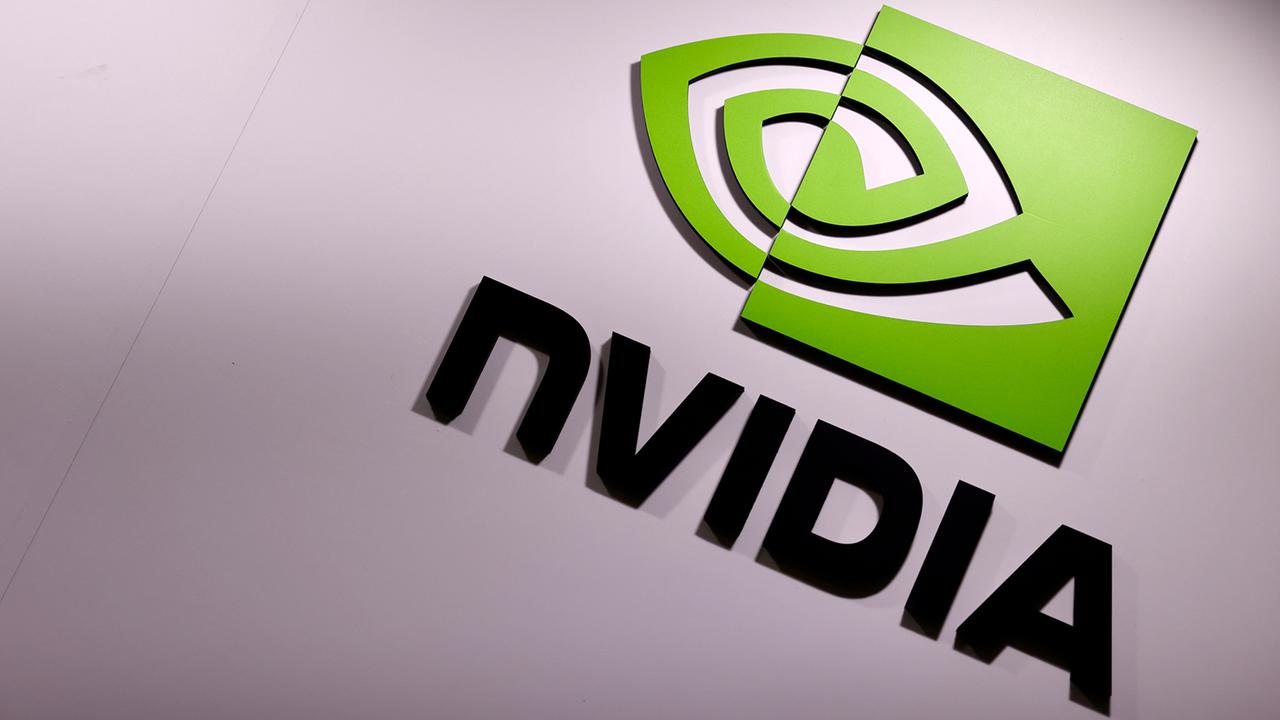background
The chip company Nvidia is the second most expensive company in the world on the stock exchange. The share has increased by more than 3000 percent within five years. To ensure that it remains affordable for small investors, it is divided.
Since this week, Nvidia has reached the “three trillion dollar Olympus” – the chip company is now the second most valuable company in the world. Only Microsoft is more valuable on the stock market than the chip manufacturer from Santa Clara in California. A share in Nvidia now costs more than 1,200 dollars. At the beginning of the year it was 500 dollars, three years ago it was a good 200 dollars. For many small investors, the share is now no longer affordable.
To ensure that private investors can continue to afford an investment, Nvidia has announced a so-called stock split in a ratio of one to ten. This means that anyone who had one Nvidia share in their portfolio at the end of trading on June 6 will receive nine more today.
Shares look cheaper
Taken together, the ten shares are worth just as much as the one share was before. However, each one only costs a tenth of the original price – about $120. In other words, the share looks cheaper, but its market value remains the same. Future dividends and profits are now distributed across ten times as many shares.
“The stock split should not theoretically create economic value, but it will make the company more accessible to smaller investors,” explains Brian Colello, technology equity strategist at Morningstar. While $500 is not enough to buy a single share of Nvidia today, it could buy several shares after the split.
Split papers perform better
Investors do not have to take any action themselves in the event of a stock split. The shares are automatically added to their portfolio. They often even have the chance to make price gains in advance of a stock split: studies show that after the announcement of such a stock split, the price of the stock often rises above average.
According to calculations by the Research Investment Committee of Bank of America, stocks that have been split have significantly outperformed the US S&P 500 index on average over the past four decades. Overall, companies that carried out a stock split achieved an average total return of 25.4 percent in the twelve months following the announcement of the split. That is more than twice the average return of the S&P 500 during these periods.
Amazon, Apple, Tesla have already split
The stock split phenomenon is not new: thanks to the price rally of recent years, especially in the technology sector, many shares often cost several thousand dollars and were then split. Prominent examples are the electric car manufacturer Tesla or Apple. Four years ago, the iPhone producer issued three more shares for one share, and in 2022 Tesla split its shares in a ratio of one to three.
In 2022, Amazon even carried out a 1:20 split, as the online retailer's shares had risen to more than $3,000 at times. And Nvidia has long been part of this illustrious circle: the chip company last split its shares in 2021, at a ratio of one to four.
Is Nvidia flirting with the Dow Jones?
According to Bank of America, Nvidia is the eighth company this year to distribute its stock across more shares. However, companies are not only targeting small investors. Thanks to the high demand for chips and the enormous price rally, Nvidia is likely to be eyeing inclusion in the Dow Jones Industrial Index. Market value plays an important role in this.
And with a market capitalization of three trillion dollars, Nvidia is actually a candidate for the selection index. But it is price-weighted. This means that the more expensive a share becomes, the more it influences the entire index. And the most expensive share cannot be more than ten times as expensive as the cheapest, that is one of the criteria. A stock split is therefore an effective way to make a share look cheaper.
At Amazon, the calculation worked
The Wall Street Journal has always decided who is included in the Dow Jones or not. There are no fixed dates for changes to the index composition, as there are for the DAX, for example. The fact is that Amazon was included in the index after its most recent stock split.
As a newcomer, Nvidia would give the index more weighting to technology. And that could influence its performance: The Dow Jones is currently less technology-heavy than the S&P 500 Index, for example, and has therefore recently lagged behind the broader market index. Nvidia could change that.
Intel might then have to leave the elite 30-stock club because the company's performance leaves much to be desired. For many stock market professionals, the question is not whether Nvidia will move up into the Dow Jones, but when.





